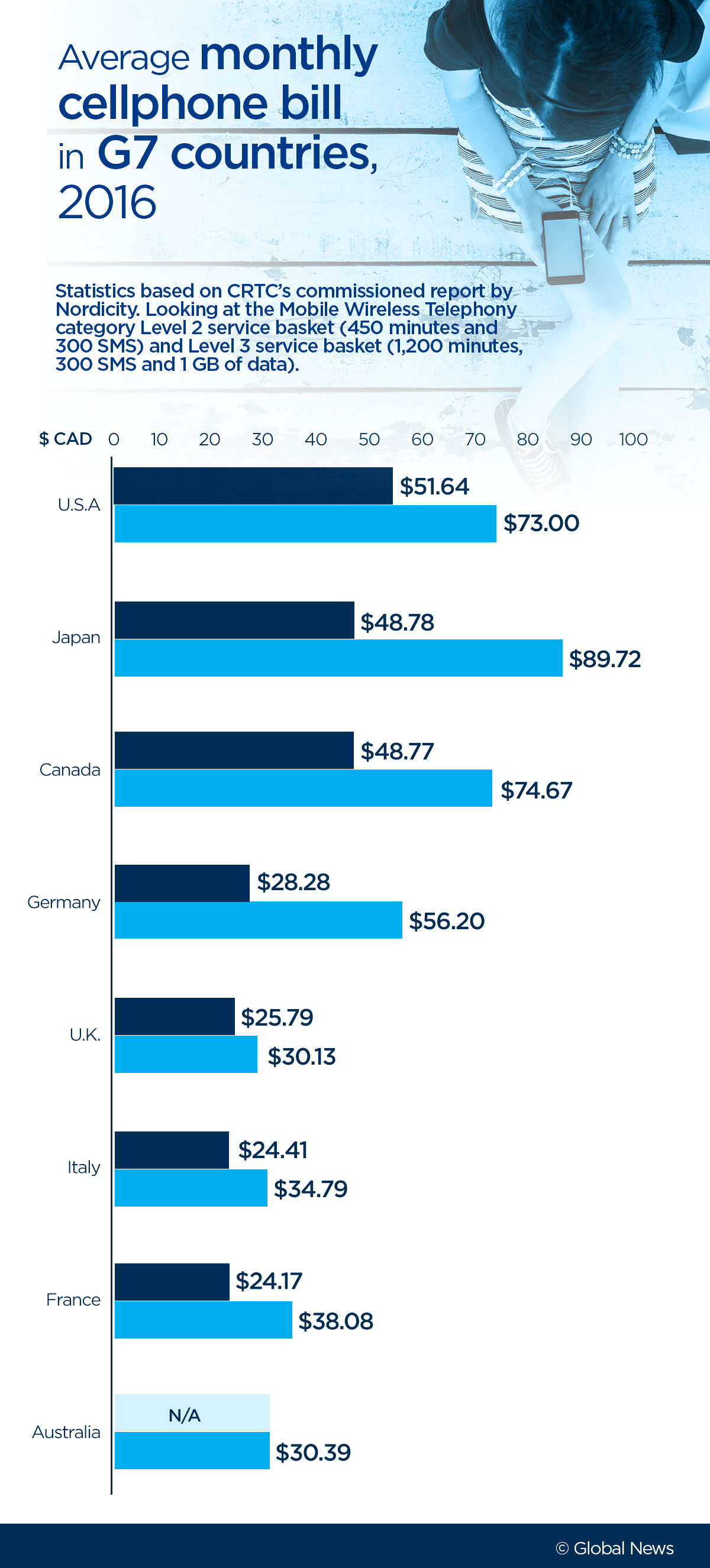North Korea hasn’t yet tested a missile that could threaten a major Canadian city.

But its recent test of a Hwasong-14 intercontinental ballistic missile (ICBM) with a range of anywhere from 6,700 to 8,000 kilometres showed that the reclusive nation now has a weapon that could threaten parts of the Great White North along the border with Alaska, experts say.
And it may not be long before North Korea develops a missile that can threaten cities as far off as Toronto or Montreal, they added.
Coverage of North Korea on Globalnews.ca:
An ICBM is a missile designed for the launch of nuclear weaponry. With a nuke attached at its front, it can reach the upper limits of Earth’s atmosphere and hit targets in other continents.
The Hwasong-14 hit an altitude of 2,802 kilometres during its test on Tuesday, taking it to a height that could have put it in the ionosphere, the second-to-last layer of the planet’s atmosphere.
It landed about 933 kilometres from its launch site, falling in the waters of Japan’s Exclusive Economic Zone (EEZ).
READ MORE: North Korea claims to have tested ICBM that can carry nuclear warhead
Experts have offered varying estimates of the missile’s range.
David Wright of the Union of Concerned Scientists said the missile could traverse about 6,700 kilometres, which would mean the weapon could reach Alaska and about 200 to 300 kilometres of Canada near the state’s border.
Others have pegged the missile’s range at over 8,000 kilometres, which some say could put parts of the U.S. mainland in its crosshairs.
But Dinshaw Mistry, a politics professor at the University of Cincinnati, isn’t convinced that the missile could hit any part of the U.S. beyond Alaska yet.
Mistry authored Containing Missile Proliferation, a study of the Missile Technology Control Regime (MTCR), which is an effort by various countries to restrain the spread of such weapons.
He told Global News that a range of 8,000 kilometres might not be enough to reach the continental U.S.
For that, a missile would need a range of anywhere between 10,000 and 11,000 kilometres, he said.
READ MORE: Kim Jong-un calls missile test a ‘gift’ to ‘American bastards’
And “it is reasonably likely” that North Korea could develop a missile like this, he told Global News.
“The only question is how quickly — perhaps not within six to 12 months but a first test could occur in 12 to 24 months, and after two to three successful tests that could take another 12 months, North Korea could have confidence in such a missile.”
At a range of 9,000 kilometres, a North Korean missile could reach the West Coast of North America, hitting B.C., Washington state, Oregon or California, Mistry said.
At 10,000 kilometres, a missile could hit most of Canada, including Montreal and Toronto, though it wouldn’t quite reach U.S. East Coast cities like Washington or New York.
But if North Korea managed to develop a missile with a range of anywhere between 10,500 and 11,000 kilometres, then it could hit Washington, New York and Boston, he said.
Whither missile defence?
The U.S. has a number of missile defence stations should an ICBM be launched toward North America’s West Coast.
One is located at the Fort Greeley military base north of Anchorage, Alaska, the other at Vandenberg Air Force Base outside Lompoc, Calif.

Their mission is to destroy any nuclear-tipped missiles that have been launched from bases such as North Korea or Iran, according to the Union of Concerned Scientists (UCS).
In the event of a launch, they would deploy “interceptor” missiles to destroy them, effectively “hitting a bullet with a bullet,” the UCS said.
Canada could be defended by the base in Alaska, Mistry said.
READ MORE: What is an intercontinental ballistic missile and how far can it travel?
But the U.S. missile defence system’s effectiveness is very much an open question, it added.
The system is “hugely expensive, ineffective, and offers no proven capability to protect the United States,” let alone Canada.
One issue is that aggressor countries can use decoys that fool defense systems and prevent interceptor missiles from destroying incoming weapons, the UCS said.
Meanwhile, “cooled shrouds” can reduce a weapon’s temperature and help it bypass any interceptors.
Mistry said interceptors launched from Alaska and California have only had a 50 to 60 per cent success rate, “so one cannot have high confidence that they are operationally reliable.”
Andre Gerolymatos, an SFU professor and member of the Canadian Advisory Council on National Security, believes that North Korea’s recent missile test boils down to diplomatic posturing, and ensuring the country has the “security of nuclear weapons,” rather than preparation for an imminent attack.
“If you attack us, we’re going to go down fighting. If you attack us, we’ll take out at least one of your cities,” he said.
The country’s missiles exist to “prevent regime change in North Korea,” Gerolymatos added.
He said North Korea doesn’t want to end up like deceased Libyan dictator Moammar Gadhafi did, when he renounced weapons of mass destruction.
That made him an “easy person to get rid of,” Gerolymatos said. And indeed, last year, North Korea defended one of its nuclear tests by citing the examples of both Gadhafi and former Iraqi dictator Saddam Hussein.
“The Saddam Huseein regime in Iraq and the Gadhafi regime in Libya could not escape the fate of destruction after being deprived of their foundations for nuclear development and givingup nuclear programmes of their own accord,” it said, in a statement quoted by AFP.
Expecting North Korea to abandon its nuclear ambitions would be as pointless as “wishing to see the sky fall,” it said.













Comments